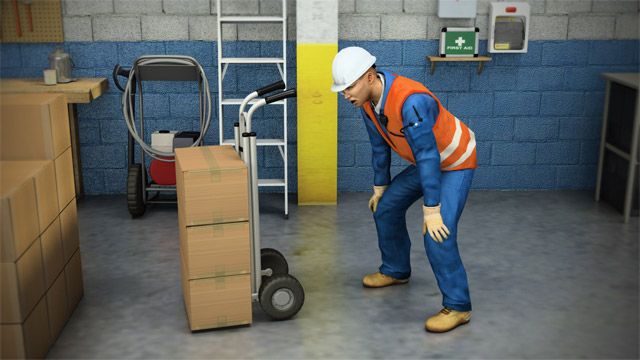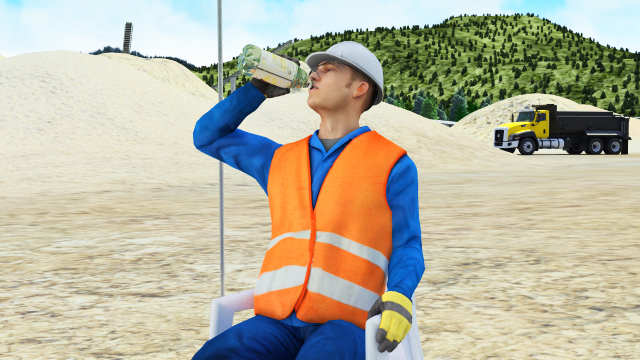




First Aid – Dehydration
Dehydration can be a serious health concern and if severe enough, can even be fatal. This course explains ways to stay properly hydrated, explains how people get dehydrated and symptoms of dehydration, and explains first aid techniques for mild and severe dehydration.
Request a demoCourse Details
Learning Objectives
By the end of this course, you will be able to:
- Describe what dehydration is and how to avoid it
- List some of the main causes of dehydration
- List some of the symptoms of both mild and more severe dehydration {and}
- Describe first aid for mild and severe dehydration
Specs
| Course Level | Intermediate |
| Languages | English |
| Compatibility | Audio, Video |
| Based on: | Industry Standards and Best Practices |
Key Questions
What is dehydration?
A person is dehydrated if their body doesn’t have enough water to function properly. This can be a relatively mild issue or even a serious one, potentially causing death.
Why is it important to stay properly hydrated?
Because being dehydrated can make us feel uncomfortable or sick, and in serious cases it can lead to death.
How can one stay properly hydrated?
Drink lots of fluids on a regular basis, know what causes your body to become dehydrated, and re-hydrate as necessary.
What makes us dehydrated?
Not consuming enough fluids, heat, working hard, and losing bodily fluids, including when vomiting or suffering diarrhea.
What are some symptoms of dehydration?
Symptoms include thirst; dry mouth, skin, and mucous membranes; lack of sweat; dark urine; lack of urine; sunken eyes; skin that doesn’t bounce back when pinched; fast heart beat; fever; delirium; and unconsciousness.
What is the proper first aid for mild and severe dehydration?
For mild dehydration, remove the person from heat, have the person rest, and have the person drink small amounts of water over a few hours. For more extreme cases, summon emergency medical assistance.
Sample Video Transcript
We take water in with the fluids we drink and with the foods we eat, and we lose water when we sweat or use the bathroom. Avoiding dehydration, then, has four main aspects. One, knowing dehydration is potentially dangerous and should be avoided. Two, knowing it’s important to get enough water into our bodies, primarily from drinking water or similar beverages. Three, knowing to be aware of and limit the amount of water we lose during the day. And four, knowing how to monitor the amount of water in our bodies and our level of dehydration.
Additional Resources
- U.S. Department of Labor’s Occupational Safety & Health Administration (OSHA) – www.osha.gov
- OSHA’s Occupational Heat Exposure Safety and Health Topic – www.osha.gov/SLTC/heatstress/index.html
- Centers for Disease Control and Prevention (CDC) – www.cdc.gov
- CDC/NIOSH Hydration Blog Article – http://blogs.cdc.gov/niosh-science-blog/2011/08/12/heat-2/
- CDC Heat Stress webpage – www.cdc.gov/niosh/topics/heatstress/default.html
Course Applies To
Demos + Pricing
Learn more about our courses, get pricing, and see our platform.











